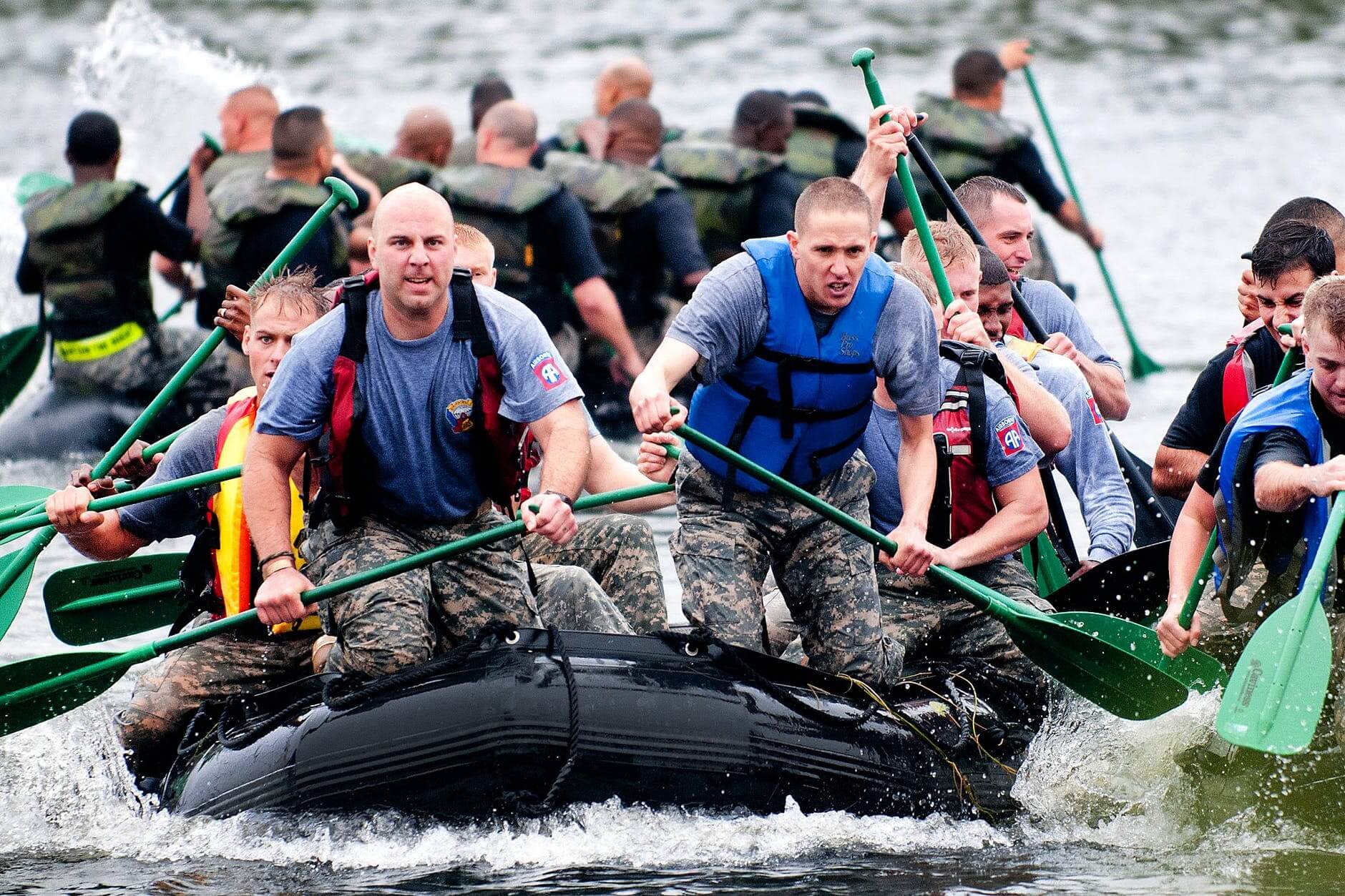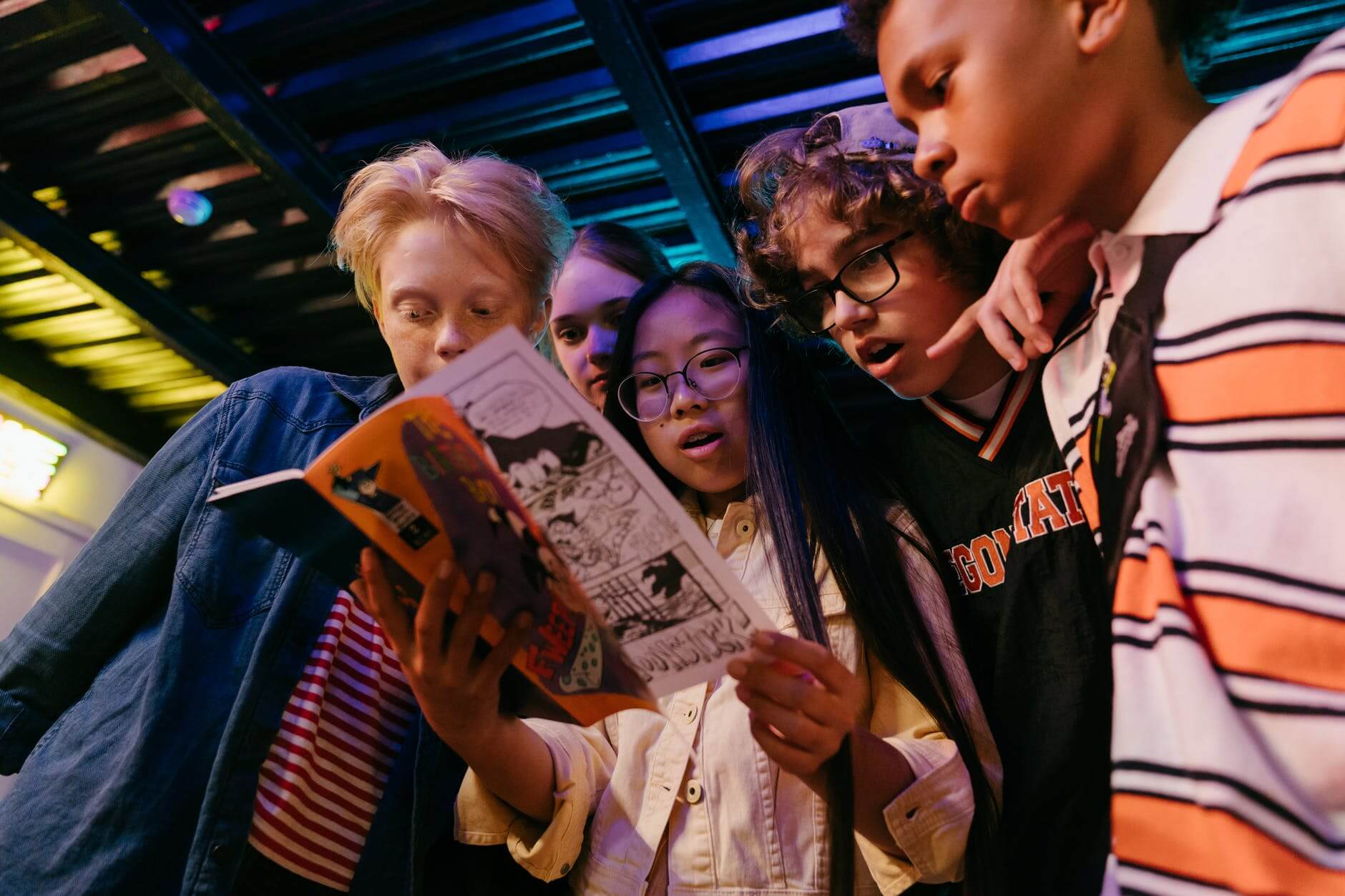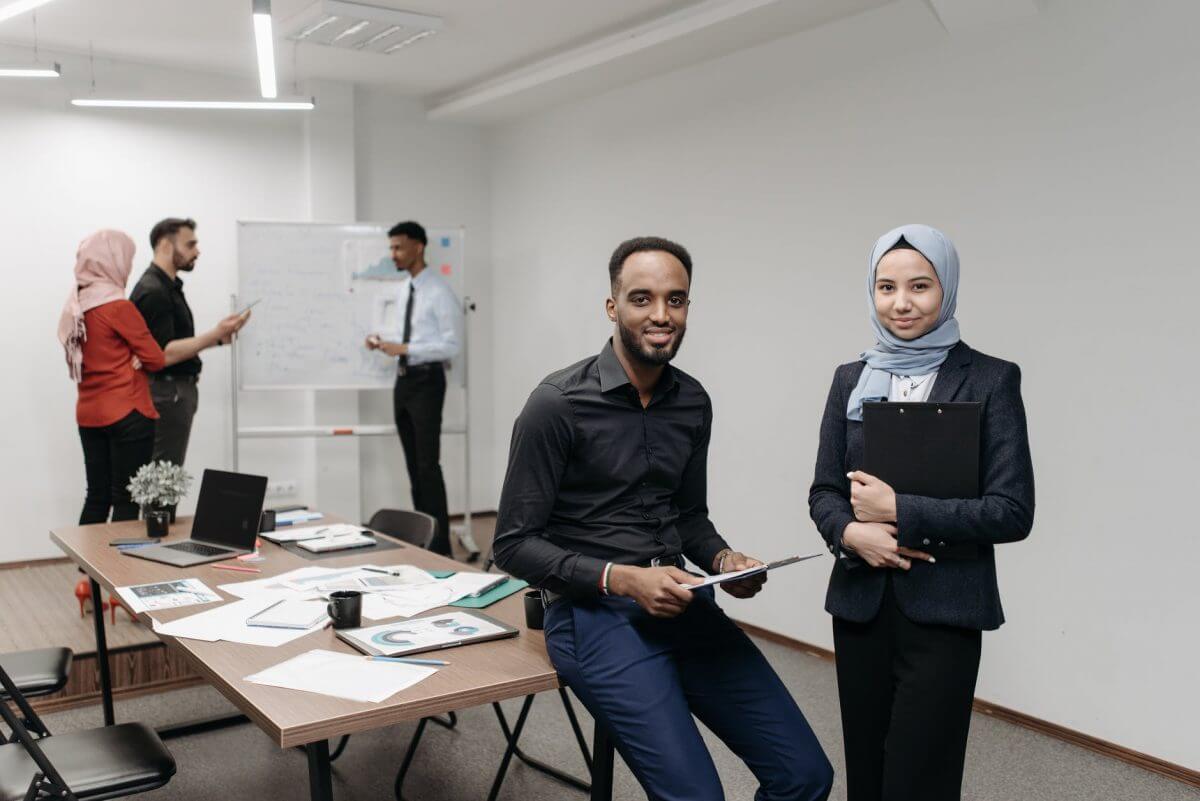Collaboration is an essential part of any project, but it can be challenging. Not everyone has the same skill sets, so finding the people who can work together effectively can be challenging. To be successful, you need to collaborate with the right people. In this blog post, we look at how to collaborate with the people who can help you achieve your goals. We’ll look at the different types of collaboration and how to develop your dream team. No matter where you are in your collaboration journey, you can take steps to improve your effectiveness. Let’s get started.

What is collaboration?
Collaboration is when two or more people work together to achieve a goal. This can take many forms, including team brainstorming sessions, project meetings, and regular collaboration activities. The most critical factor in successful collaboration is finding the right people to work with. Finding the right people to collaborate with requires carefully assessing skill sets and personalities. Find out where your strengths lie and hire people who can support your strengths. If you have a strong sense of communication or project management skills, find people who have those skills. You can also look for other ‘soft’ skills, such as cultural understanding, different life experiences, and emotional intelligence. These can be the difference between collaboration and a breakdown due to poor collaboration. You’re less likely to have issues when you hire people with similar skills to you, rather than trying to hire people who have a completely different skillset from you.
Why is collaboration essential?
Collaboration can help you better understand your team and each other. This can help you find your strengths and hire people who can support you. It can also help you identify areas where you need to develop skills. This may seem like common sense, but it’s essential to understand why collaboration is important. Poor collaboration can lead to misunderstandings, missed deadlines, and other problems. These issues can be costly. For example, if you hire new people, they are likely to want to work with people who are effective collaborators. If you’re not a good collaborator, then they may not fit in with your team. Poor collaboration can also lead to high stress. Working with people who aren’t effective collaborators can lead to high stress, leading to burnout or poor performance.

Finding and working with collaborators
First, you need to find collaborators. Finding the right people is a challenge, but it can be done by carefully assessing skill sets and personalities. Next, you need to work with your collaborators. Working with your collaborators requires effort, but it’s important to remember that collaboration is a skill. If you’re not working on your collaboration skills, then you’re likely to fall back into old habits. One way to work on your skills is through deliberate practice. This means putting in the effort each day to improve your collaboration skills.
Collaboration types
There are different types of collaboration, which can be useful to know. We’ll look at the most important types of collaboration in this blog post. –
Long-term or permanent collaboration – The classic collaboration type is working with one or more people for a specific period of time. This is likely to be the most common collaboration type. –
Short-term collaboration – Another type of collaboration is working with one or more people for a specific amount of time. This is likely to be the type of collaboration that you’re most likely to experience. –
Co-location collaboration – This is working together in the same physical location. You may want to co-locate with your collaborators to increase collaboration. The advantages of co-location are often related to the advantages of working together in the same physical location.
Finding the right collaborators for your team
Now that you know the types of collaboration, you can start finding the right people to work with. Start by identifying the skill sets and personalities that matter most to you. For example, if you want to work on a team with a specific skill set, you can start using that skill set on a résumé or LinkedIn profile. Next, identify people with the skill sets you want. One way to do this is to identify people who have skills similar to yours. For example, if you’re going to work with data people, find data people applying for jobs. If you have multiple skill sets that you want in your dream team, then you can identify people who have those skill sets. You can also look for people with skills that are different from yours. This can help you identify people who have different skill sets that you want in your team.
Strategies for developing your dream team

Now that you’ve identified the people you want to work with, we can talk about developing your dream team. You can work on building your dream team by deliberately practicing collaboration skills. This means putting in the effort each day to improve your own co-operation skills. You can also work on building your dream team by actively communicating with your team members. This means exchanging ideas with your team members and actively listening to them. You can also work on building your dream team by actively building your team.
Wrapping up
Collaboration is essential, but it can be challenging. Not everyone has the same skill sets, so finding the people who can work together effectively can be difficult. To be successful, you need to collaborate with the right people. You can identify the right people by carefully assessing skill sets and personalities.

